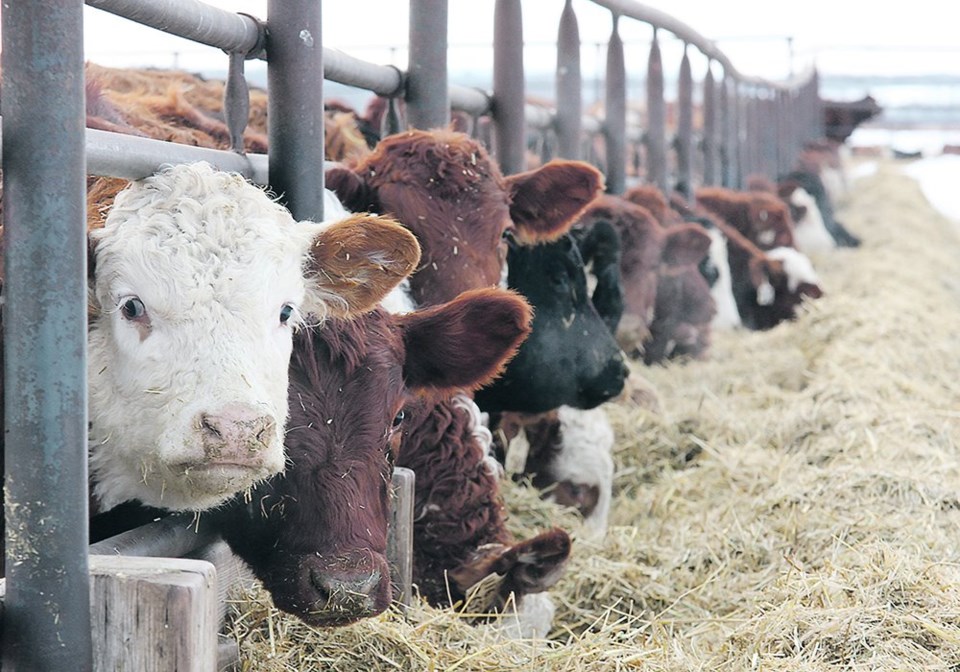WESTERN PRODUCER — The Canadian Food Inspection Agency is making it easier for feed manufacturers to use replacement ingredients as supply chain problems continue to strain traditional sources.
The temporary measures are the result of a strained supply of feed ingredients aggravated by border blockades, according to the CFIA.
Barry Yaremcio of Yaremcio Ag Consulting Ltd. said one particular mineral used in feed manufacturing appears to be getting harder to acquire.
“Monocalcium phosphate is in short supply just due to supply chain problems,” said Yaremcio. “What they are doing is trying to conserve use and optimize the use of monocalcium phosphate that they have on hand to make it last as long as possible.”
According to the temporary changes to the federal feed regulations announced by the CFIA, such reductions or substitutions to livestock feed will be allowed on the condition buyers are notified and manufacturers maintain records of those changes for possible future review.
Yaremcio said changes to monocalcium phosphate in feed will be tough for dairy cattle, hogs and chickens because they are more sensitive to ration alterations but beef cattle should weather the change.
The temporary changes allow feed manufacturers to make such alterations without going through the regular regulatory process.
However, the CFIA said if feed changes are required, only approved feed ingredients can be used for the intended species, the changes must not cause undue safety issues and must not exceed maximum nutrient levels to avoid residues in food.
“CFIA is basically giving (manufacturers) the green light to go ahead and do some modifications to the minerals without having to go through that registration process again,” said Yaremcio. “Because it just takes too long for the whole process to go through the system and if this is only a problem for the next three or four months, there is no point trying to do all the paperwork, all the registrations changed because they’ll be obsolete by the time the supply returns.”
The latest changes come on top of a turbulent year for cattle producers with a sharp increase in corn feed imports into Canada and a corresponding decrease in available barley.
However, any feed changes shouldn’t be too hard for beef cattle to handle.
“With proper managing of the ration, you can make things work reasonably well,” said Yaremcio. “In some of these rations, depending on how they are put together, sometimes you don’t need the extra phosphate in them. It’s a matter of juggling and manipulating the rations so that you meet the nutrient requirements of the animal.”
With dry conditions persisting on the southern Prairies, Yaremcio warned issues with feed may continue and water quality concerns may also be a potential problem.
The CFIA has not provided an end date to the temporary measures but says when they are lifted, feed manufacturers will be required to reformulate all feeds affected.
The agency also states while all requirements included in its regulations will continue to apply, it will be exercising discretion in its enforcement while the industry faces challenges.
A full list of the CFIA’s temporary feed requirements .




